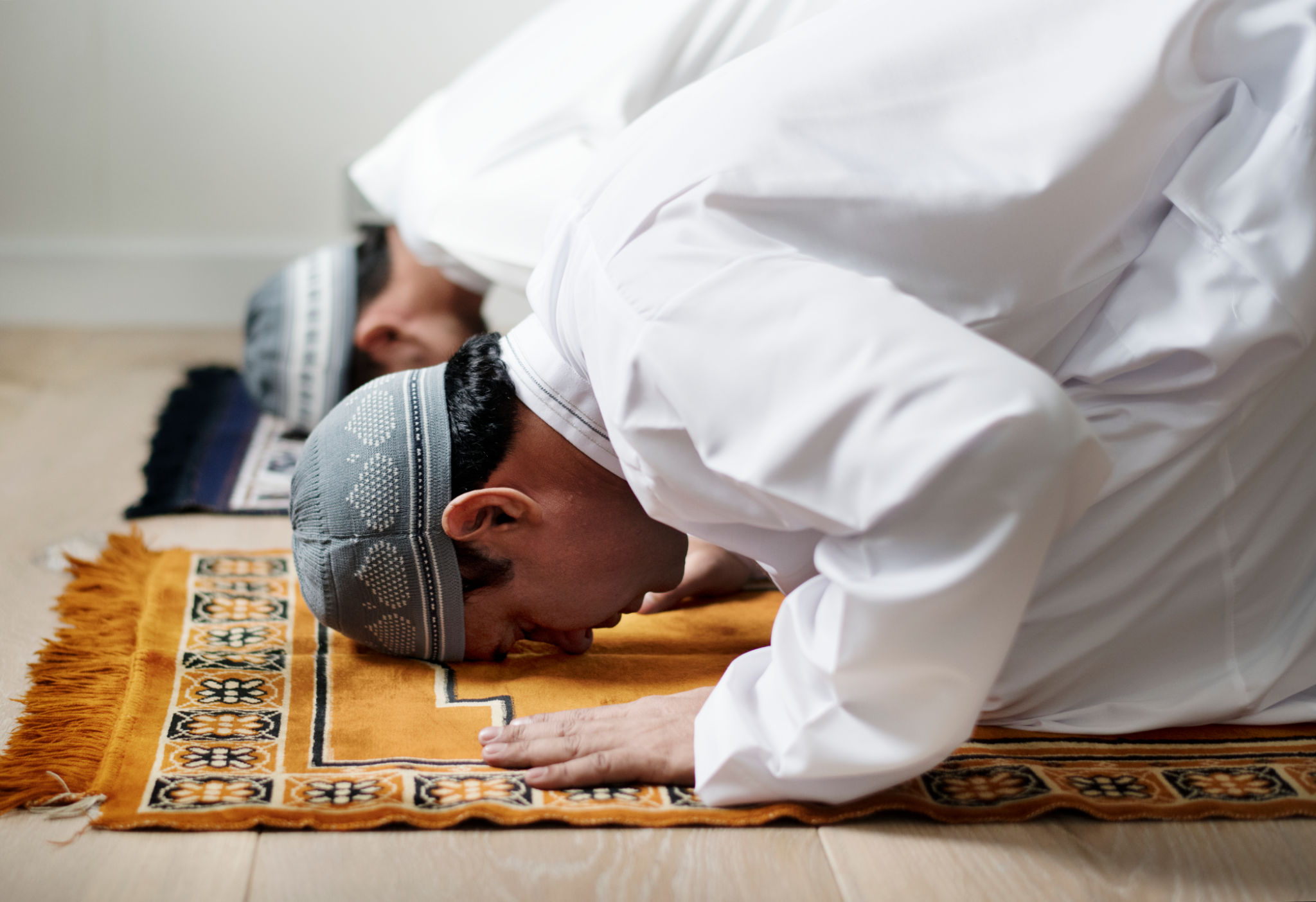Understanding Islamic Prayer: A Beginner's Guide
Introduction to Islamic Prayer
Islamic prayer, known as Salah, is a fundamental aspect of the Islamic faith. It is one of the Five Pillars of Islam, which are the acts of worship and duties that every Muslim must undertake. Salah is performed five times a day and serves as a direct link between the worshipper and Allah. Understanding its significance and practice can be a rewarding journey for those new to Islam or anyone interested in learning more about this spiritual practice.

The Importance of Salah
Prayer is more than just a ritual; it is a way to cultivate discipline, spirituality, and closeness to God. Within the Muslim community, it fosters a sense of unity and shared purpose. By engaging in regular prayer, Muslims reaffirm their faith and dedication to living a life in accordance with Islamic principles.
Each of the five daily prayers has its specific time, which corresponds to different phases of the day: Fajr (pre-dawn), Dhuhr (midday), Asr (afternoon), Maghrib (sunset), and Isha (night). Observing these times is crucial, as it reflects the rhythm of life aligned with the natural world.
The Structure of Islamic Prayer
The structure of Salah comprises several components. Each prayer session includes cycles called Rak'ahs, which consist of physical postures, recitations, and supplications. The number of Rak'ahs varies depending on the specific prayer being performed. For example, Fajr consists of two Rak'ahs, while Maghrib includes three.

The physical actions in Salah include standing, bowing, prostrating, and sitting. These movements are synchronized with specific verses from the Quran and other supplications. The combination of physical movement and recitation helps focus the mind and spirit on the act of worship.
Preparing for Prayer
Before engaging in Salah, Muslims perform a purification ritual known as Wudu. This involves washing specific parts of the body: the hands, mouth, nose, face, arms, head, and feet. Wudu signifies spiritual as well as physical cleanliness and prepares individuals for a state of worship.

Additionally, one must ensure that their clothing is clean and modest. The place where prayer is conducted should also be pure. Many Muslims use a prayer mat to designate a clean area for their prayers.
The Spiritual Dimension of Salah
Salah is not just about physical actions; it is deeply spiritual. It serves as a moment for reflection, gratitude, and seeking guidance from Allah. During prayer, Muslims recite verses from the Quran and various supplications, allowing them to connect with their faith on a profound level.
This spiritual connection can provide comfort and solace, helping individuals navigate life's challenges with patience and resilience. By regularly engaging in prayer, Muslims cultivate an ongoing relationship with God that extends beyond the confines of formal worship.
Conclusion: Embracing Prayer in Daily Life
Understanding Islamic prayer is an essential step for those new to Islam or anyone seeking to deepen their knowledge of this faith. By embracing Salah, individuals can nurture their spiritual growth and foster a sense of peace and purpose in their daily lives. Whether you are beginning your journey in Islam or simply seeking to learn more about this beautiful practice, acknowledging the significance of prayer can enrich both your understanding and your soul.